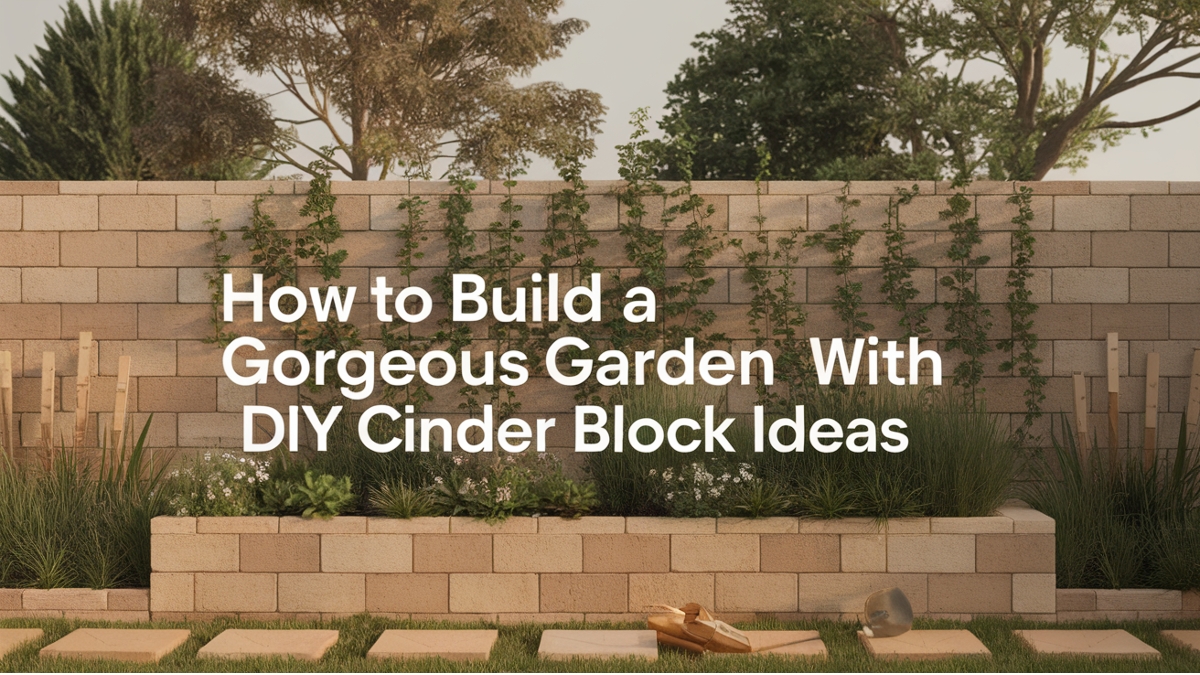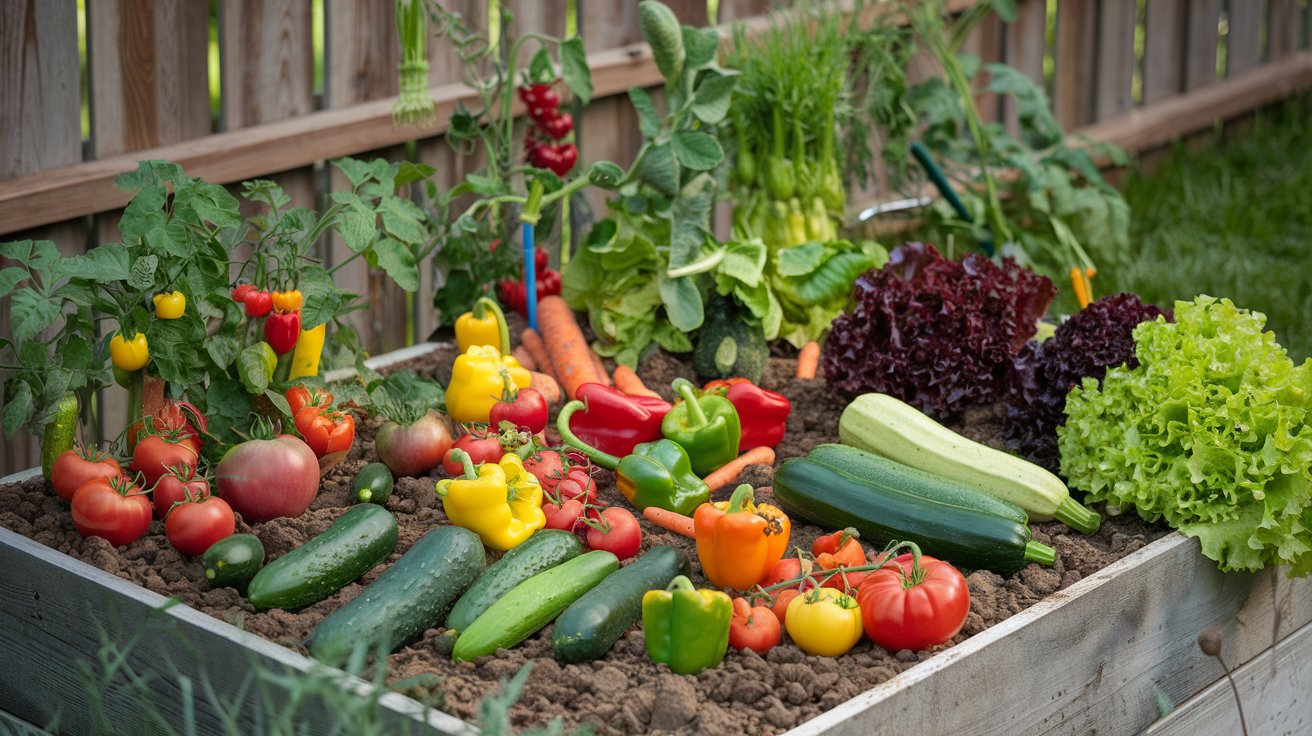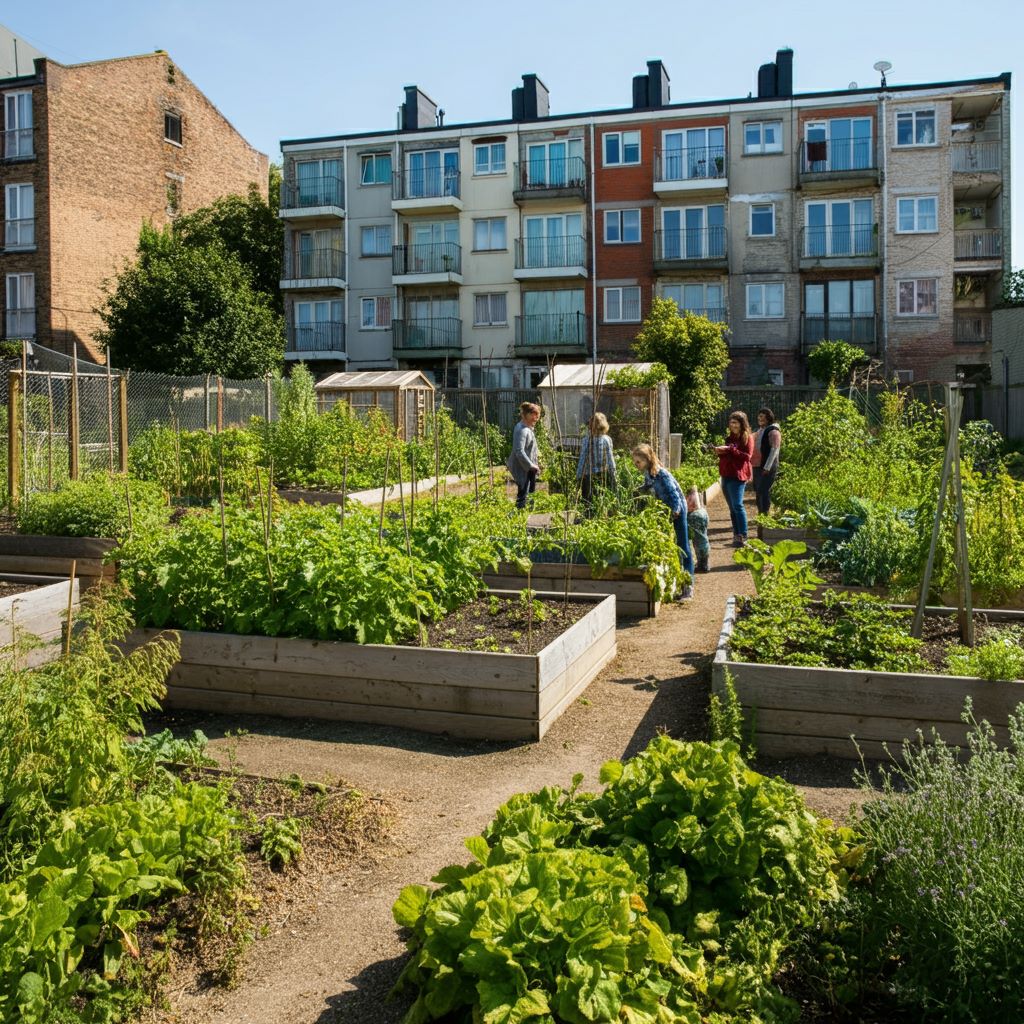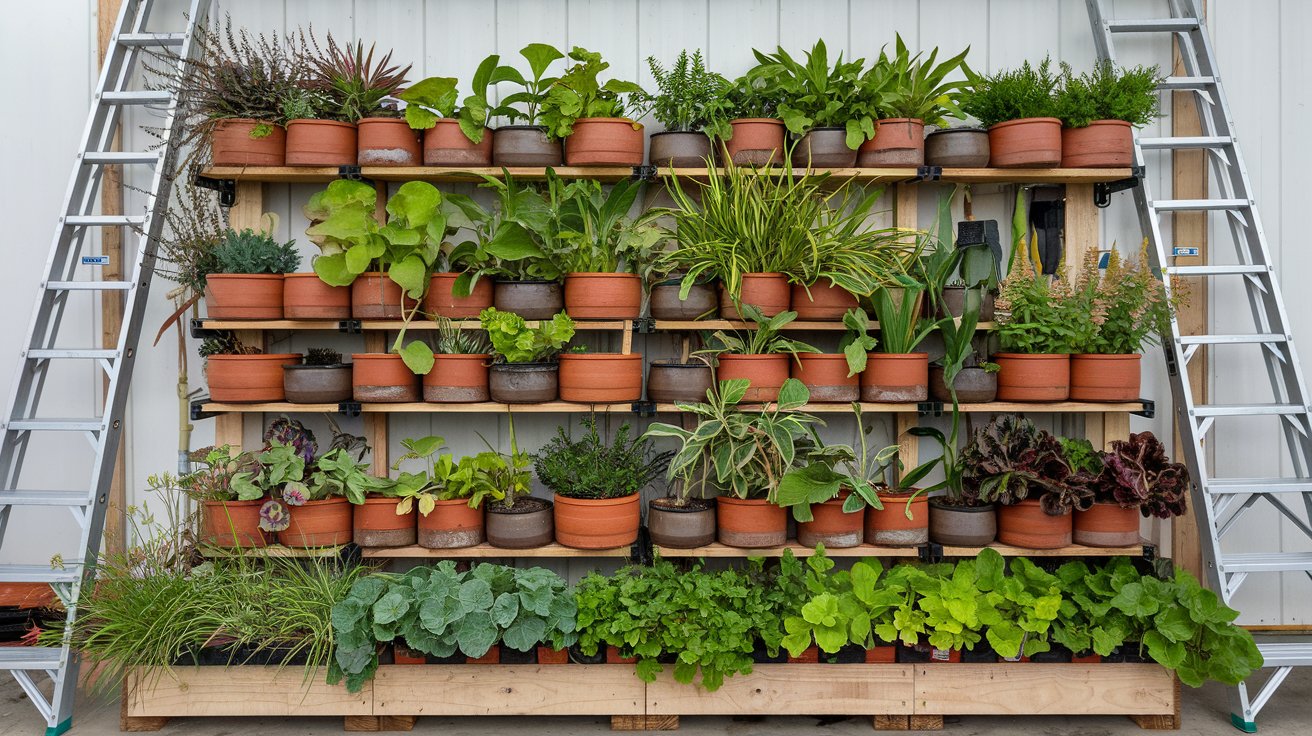Cinder blocks are an underrated gem when it comes to DIY gardening projects. With their affordability, durability, and versatility, they can turn any garden, big or small, into a beautiful, organized space. Whether you’re looking to build raised garden beds, decorative planters, or create efficient garden pathways, cinder blocks are the perfect material to experiment with. In this article, we’ll show you how to get started with DIY cinder block garden ideas that will elevate your outdoor space, all while staying within your budget.
Key Takeaways
Table of Contents
Why Choose Cinder Blocks for Your Garden?
Cinder blocks might seem simple, but they are incredibly effective for a variety of gardening applications. Here’s why they’re such a great choice for DIY garden projects:
These qualities make cinder blocks a reliable and functional option for your gardening needs.
Materials You’ll Need for Your DIY Cinder Block Garden
Before you get started, it’s essential to gather the right materials. A little planning ensures that your DIY garden project goes smoothly. Here’s what you will need:
Once you have these materials, you can start planning and building your cinder block garden.

Planning Your DIY Cinder Block Garden Design
Planning is the foundation of any successful DIY garden project. Here’s how you can approach the planning stage:
This step helps save time and resources, ensuring that you stay on track with your project.

How to Build Raised Garden Beds with Cinder Blocks
One of the most popular and functional uses for cinder blocks in the garden is building raised beds. Raised beds make gardening easier by improving soil quality, ensuring better drainage, and reducing weed growth. Here’s how to build them:
Raised beds are perfect for gardeners who want to maximize their growing space without the hassle of poor ground conditions.

DIY Cinder Block Planters: Simple, Creative, and Practical
Cinder block planters are a creative and functional way to add greenery to your space. You can create them in various shapes and sizes to fit your needs. Here’s how:
These DIY planters are ideal for small gardens, patios, or balconies, where you might be limited on space but still want to add some greenery.
Designing a Vertical Garden with Cinder Blocks
If you’re working with limited space, vertical gardening is an excellent solution. Cinder blocks are perfect for creating a vertical garden that saves space while still allowing you to grow a variety of plants. Here’s how to create a vertical garden with cinder blocks:
A vertical garden is an excellent way to grow more with less space, creating a stunning feature for your garden.
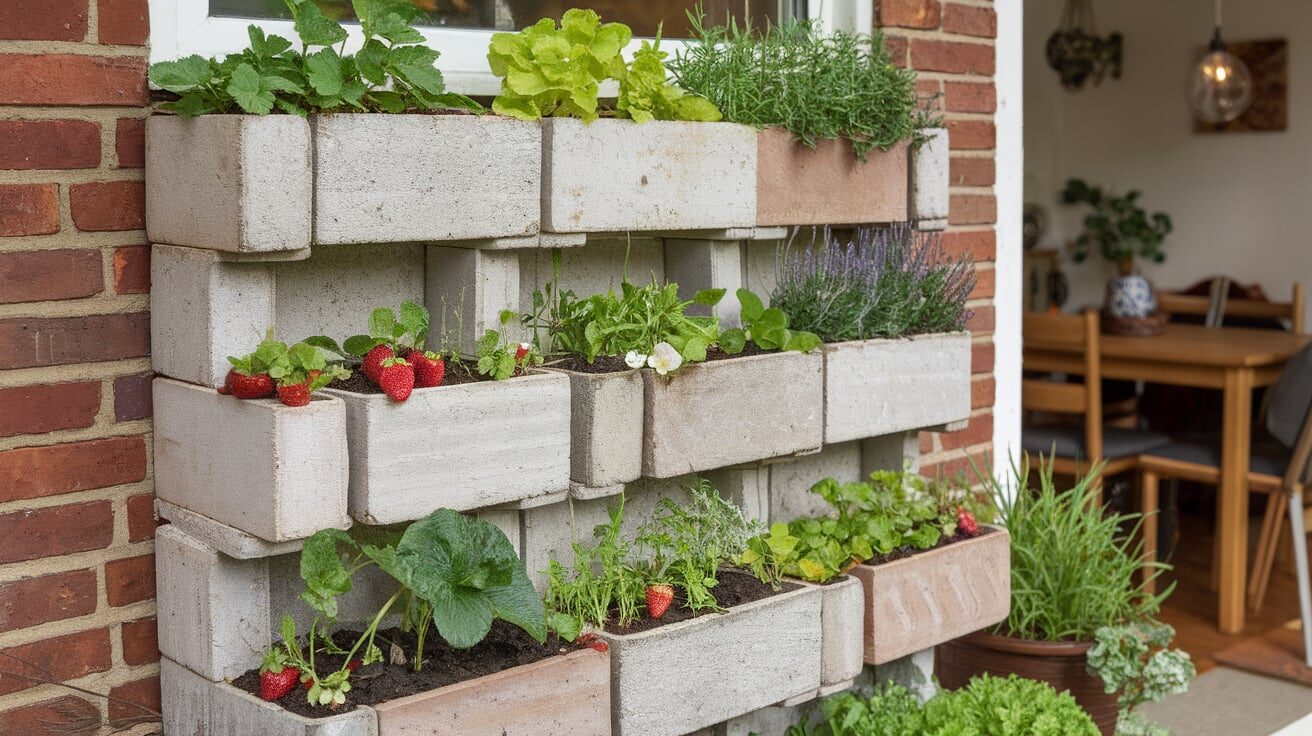
Creating Cinder Block Pathways
Cinder block pathways are a great way to organize your garden and add visual appeal. Here’s how to create your own:
Pathways made from cinder blocks are not only functional but also give your garden a clean, organized look.
Customizing Your Cinder Block Garden: Add Your Personal Touch
Customizing your cinder block garden is a great way to add personality and style to your space. There are countless ways to personalize your garden using cinder blocks:
Maintenance Tips for Your DIY Cinder Block Garden
While cinder block gardens are relatively low-maintenance, there are a few things to keep in mind to ensure their longevity:
Conclusion
DIY cinder block garden ideas are a fantastic way to create a beautiful, functional garden space without breaking the bank. Whether you’re building raised beds, planters, pathways, or a vertical garden, cinder blocks offer endless possibilities. By following the simple steps outlined in this article, you can transform your garden into a stunning space that you can be proud of.
Frequently Asked Questions
Can you use cinder blocks for a garden?
Yes, cinder blocks are excellent for creating raised beds, planters, pathways, and even vertical gardens. They’re durable and cost-effective.
Why did they stop making cinder blocks?
Cinder blocks are still manufactured today. However, concrete blocks are often preferred for construction due to their durability and versatility.
How to make cinder blocks look nice?
You can paint them, add tiles, or use decorative stones to enhance their appearance. Customizing them to match your garden style is a great way to personalize your outdoor space.
Is it cheaper to build with cinder blocks?
Yes, cinder blocks are an affordable option for building garden structures, making them an ideal choice for budget-conscious gardeners.
How do you prevent cinder blocks from cracking?
Ensure your cinder blocks are placed on a stable, level surface and avoid overloading them. Proper installation prevents cracking.
Are cinder blocks safe for vegetable gardens?
Yes, cinder blocks are safe for vegetable gardens as long as they are new or properly cleaned to avoid contaminants.

Robert Martin is a passionate blogger and versatile content creator exploring the intersections of personal finance, technology, lifestyle, and culture. With a strong background in financial literacy and entrepreneurship, he helps readers make smarter money moves, build sustainable side hustles, and achieve financial independence.
Beyond finance, Robert shares his insights on home decor and gardening—offering practical ideas for creating beautiful, functional living spaces that inspire comfort and creativity. He also dives into the dynamic worlds of sports and celebrity news, blending entertainment with thoughtful commentary on trends that shape today’s pop culture.
From decoding the latest fintech innovations to spotlighting everyday success stories, Robert delivers content that’s informative, relatable, and actionable. His mission is to empower readers to live well-rounded, financially confident lives while staying inspired, informed, and ahead of the curve.

